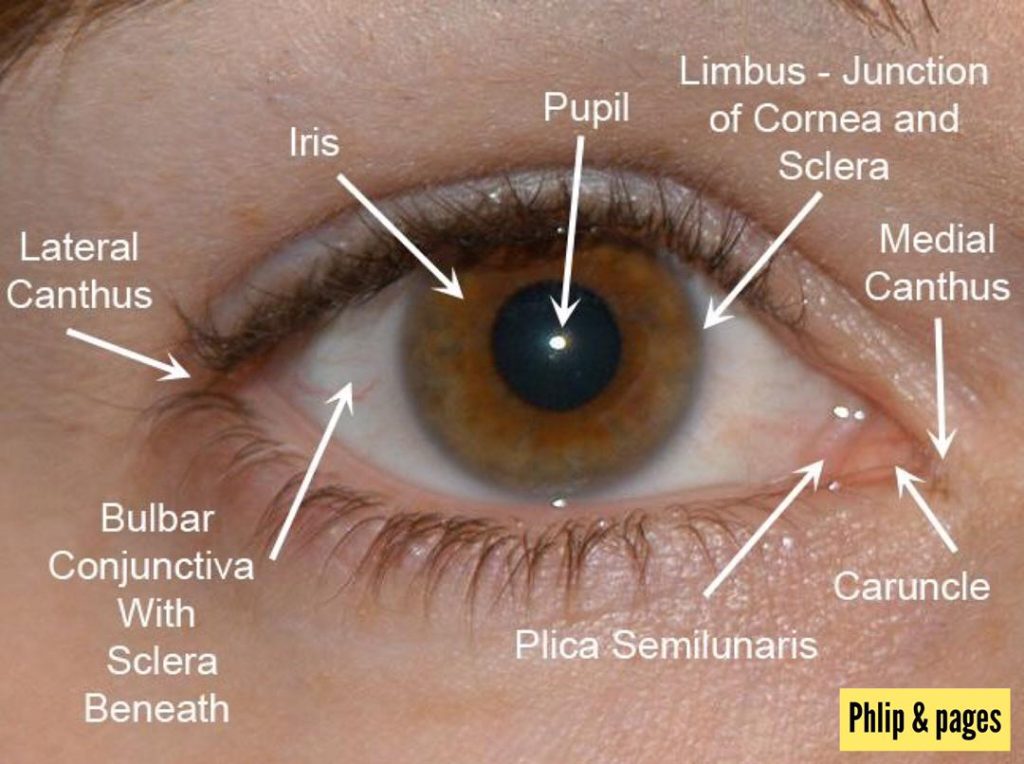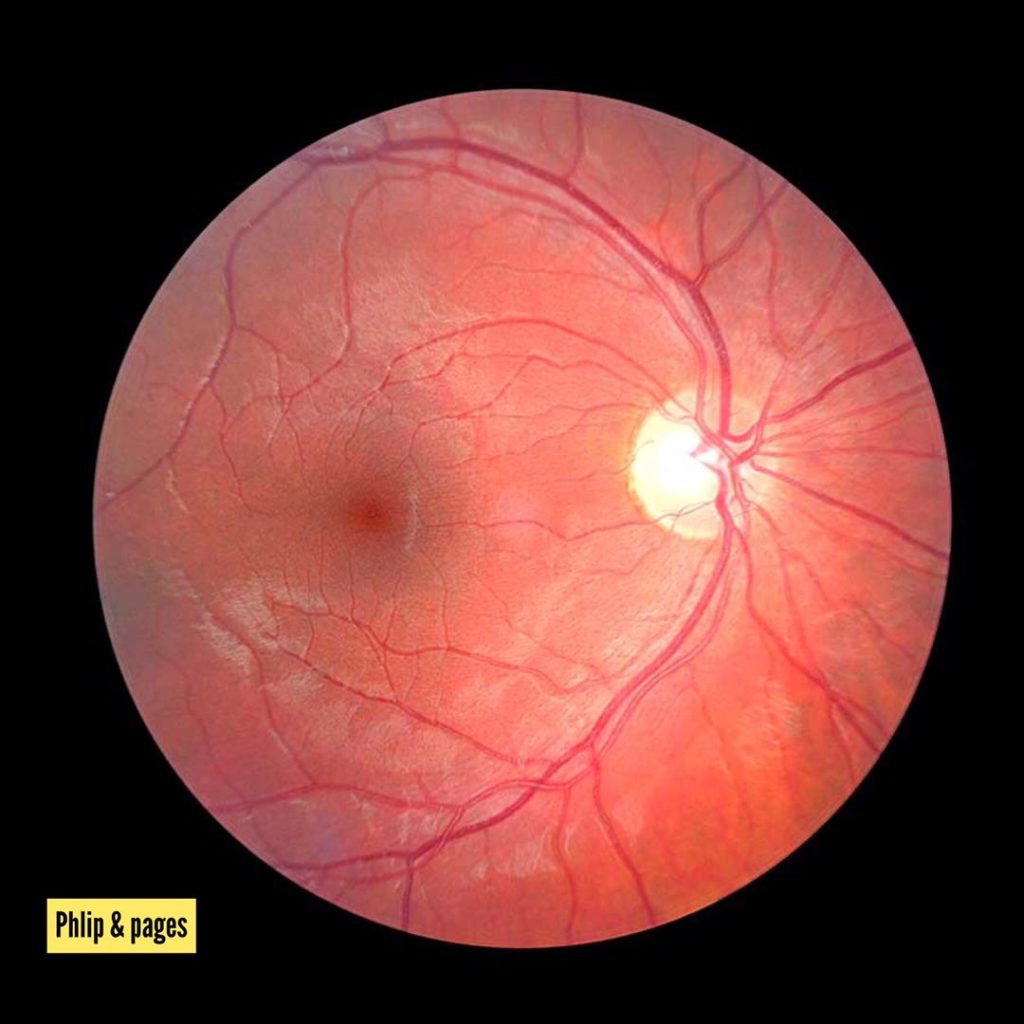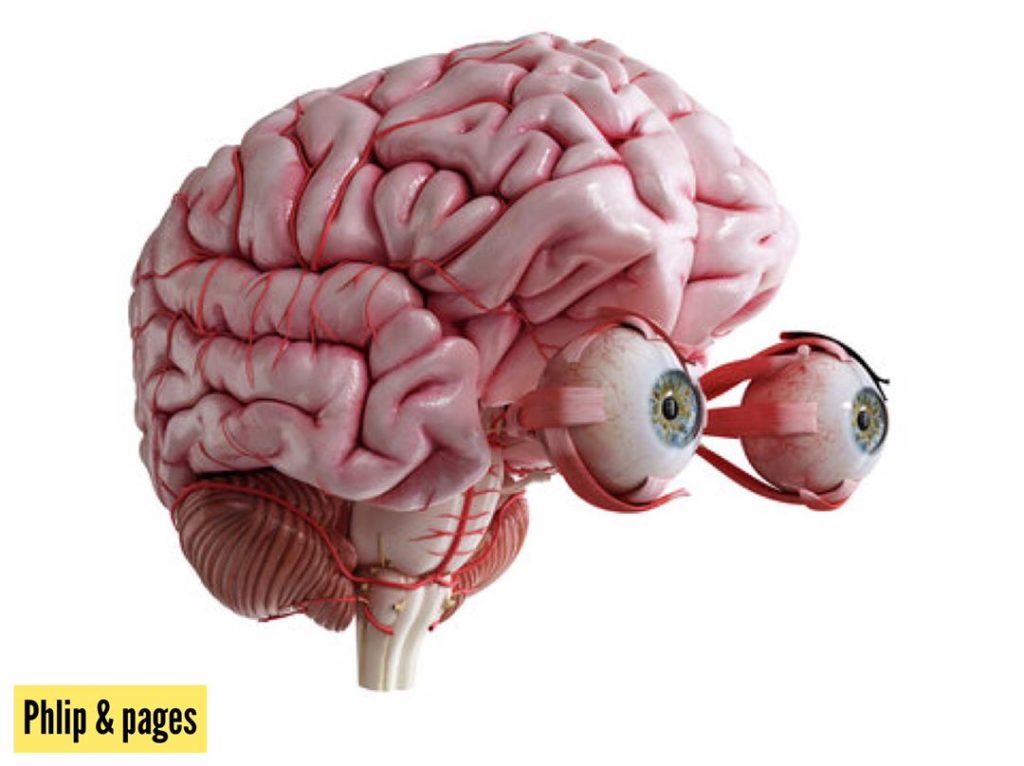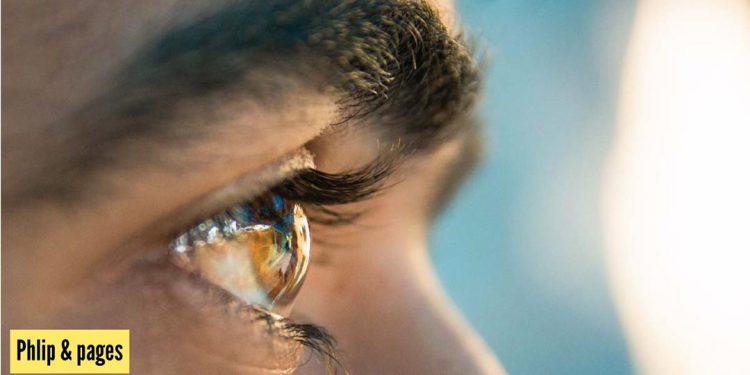The human eye is a remarkable organ that allows us to perceive and experience the world around us. Its intricate structure and precise functioning make vision possible. In this article, we will explore the marvelous complexity of human eyes, highlighting their various components and how they work together harmoniously to create our sense of sight.
The Eye’s External Structures

The external structures of the eye include the cornea, iris, pupil, and sclera. The transparent cornea acts as a protective outer layer while allowing light to enter the eye. Behind it lies the colorful iris, which controls the size of the pupil—a small opening that regulates how much light enters. The white outer covering known as sclera encases most of the eyeball.
Understanding Vision: Light Refraction
As light enters through our pupils, it undergoes refraction—a process where its direction changes as it passes through different mediums within our eyes.The curved shape of both cornea and lens helps refract incoming light so that it converges onto the retina at the back of the eye.This convergence ensures focused images are formed on our retina for clear vision.
Exploring Internal Structures: Retina and Optic Nerve

The retina is a complex layer located at the back of our eyes.It contains specialized photoreceptor cells called rods (for low-light vision) and cones(for color vision).These cells convert incoming light into electrical signals that can be interpreted by our brain.The optic nerve then carries these signals from the retina to the brain for processing and interpretation.
Role of Lens in Focusing
Situated behind the iris,the lens plays a crucial role in focusing incoming light rays ontothe retina.It adjusts its curvature based on objects’ distance—flattening or thickening—to ensure sharp focus regardless of the object’s proximity. This process, known as accommodation, allows us to see objects at various distances clearly.
The Importance of Aqueous and Vitreous Humor
Within the eye, there are two clear liquids called aqueous humor and vitreous humor. Aqueous humor circulates in the front chamber between the cornea and iris.It helps maintain optimal pressure within the eye and provides nutrients to surrounding tissues.The vitreous humor fills the larger space behind the lens,supporting its structure while transmitting light through it.
Color Perception: Cones and Photoreceptors
Color vision is made possible by specialized photoreceptor cells called cones present in our retinas. These cones respond differently to specific wavelengths of light—red, green,and blue—allowing us to perceive a wide spectrum of colors.Combinations of signals from these cones enable us to differentiate colors and experience their richness in our visual world.
Collaboration with Brain Processing

The intricate functioning of human eyes does not end at their physical structures; they work hand-in-hand with complex brain processes.Millions of neurons transmit electrical signals carrying visual information from retina to the brain.Visual cortex regions interpret these signals,detect patterns,and create meaningful representations that form our visual perception.
Conclusion
The human eye is an extraordinary organ that demonstrates incredible complexity in both structure and function. From external components like cornea, iris,pupil,to internal structures such as retina,lens,optic nerve,and photoreceptor cells,every component plays a vital rolein creating our sense of sight.By understanding how these elements collaborate harmoniously with brain processing,we gain insight into the marvels behind vision—a gift that enriches every aspect of our lives
















